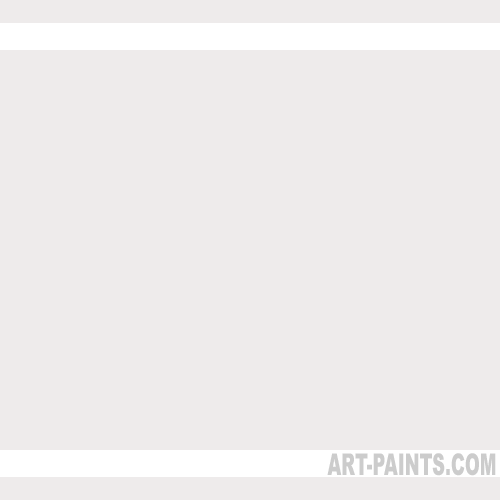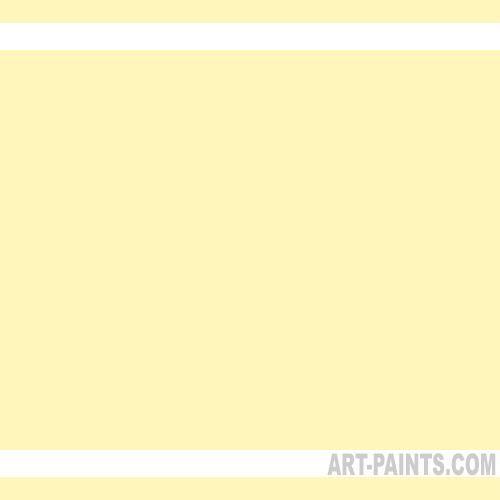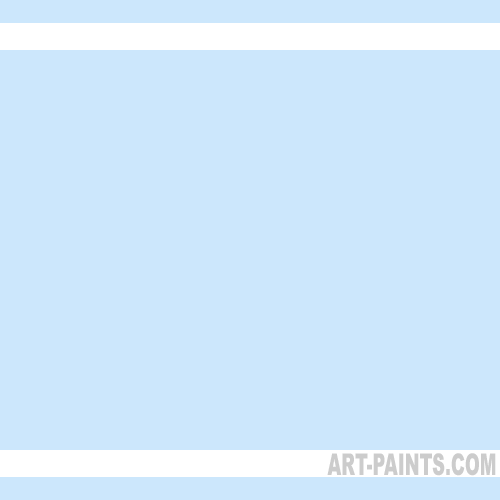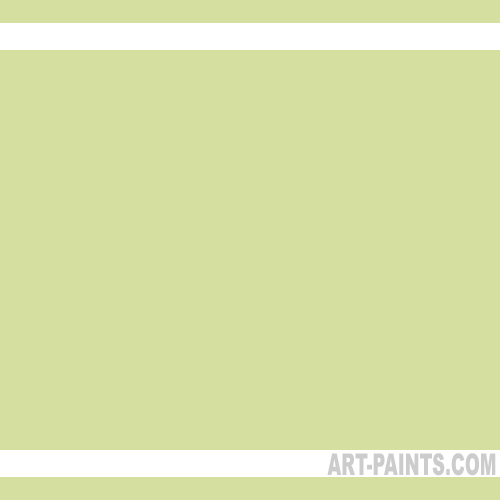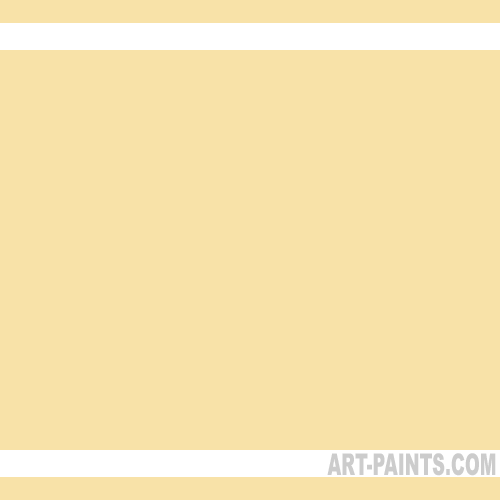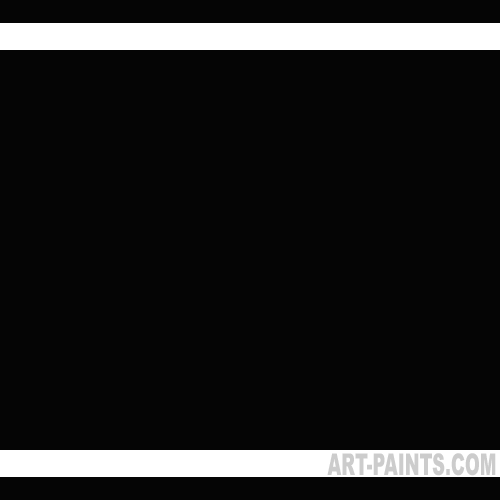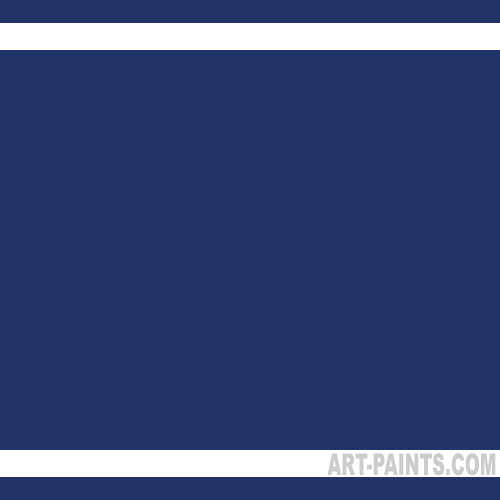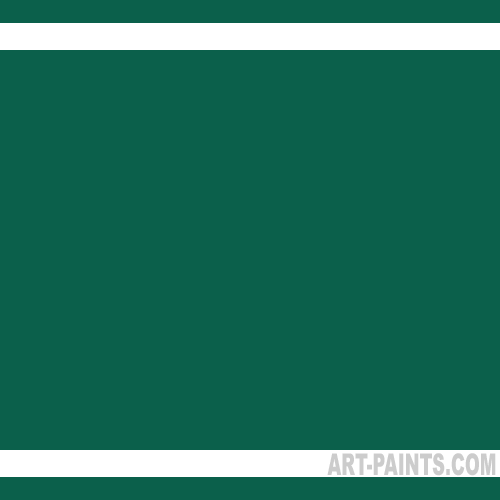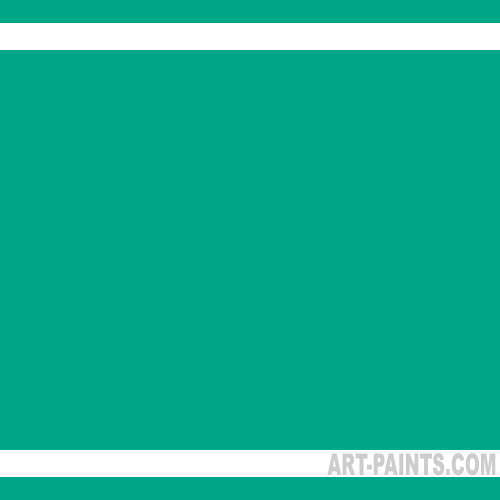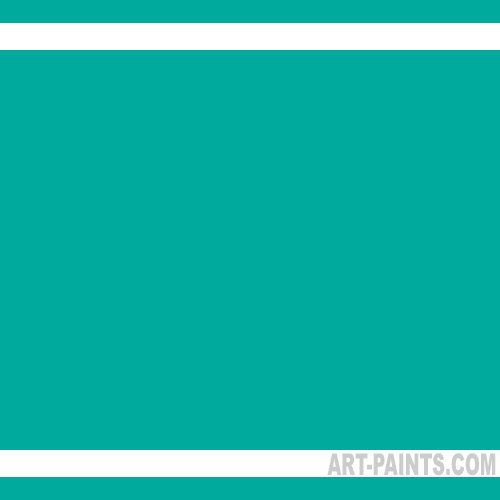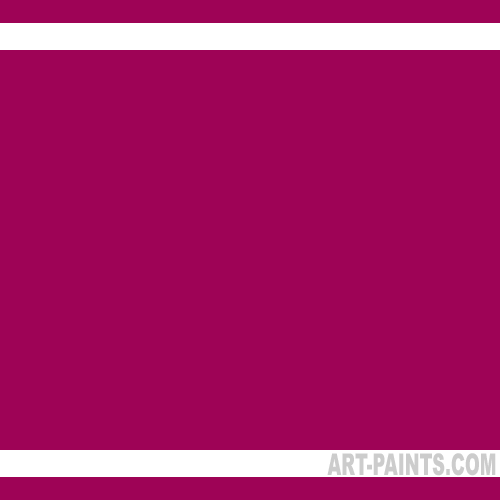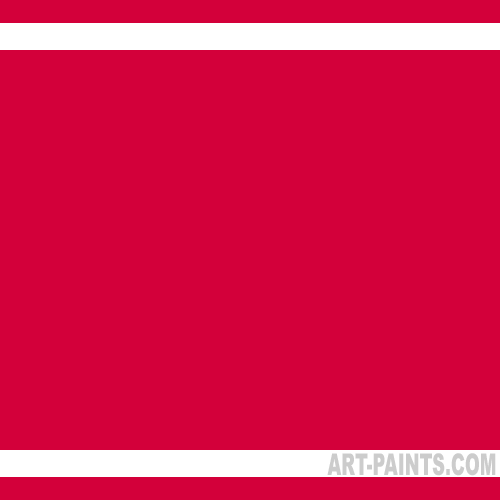June is a double-birthstone month, and both of these stones are two of the most difficult to paint.
They both come in a variety of colors and have unique properties that make them real challenges to capture on canvas.
The most common birthstone-gemstone, is Pearl. So here we go…
Pearl
As we all know, a pearl isn’t really a stone, but it is the product of a grain of sand becoming lodged inside the shell of an oyster. This shimmering, iridescent glob of nacre has been coveted and collected for centuries.
Although pearls come in many different hues and pastels, ranging from pure white, blues, pinks, greens and black… As shown here…
The traditional pearl most often portrayed in paintings is the pearly white that seems to capture and reflect light. The most noticeable characteristic of a pearl is the iridescent quality. Creating that shimmering quality in a painting is difficult without iridescent paint.
Iridescent Paint
There are many great Iridescent Paint Manufacturers, let’s take a look at a few of them…
Jacquard Pearl EX Powder Pigments
Jacquard Pearl EX Powder Pigments ASIN: B000BGSZFU
This 32-piece set of inert pigment powder is extremely versatile for any artist or craftsperson. The material is non-toxic, colorfast and stable.
It can be used with all water media such as watercolor, acrylics and ink stamping. The pigments can also be incorporated into oils and encaustic paintings. Use it to add a pearlized shine to fabric, paper, shrink plastic, polymer clay, leather, glass or wood projects.
The jars each hold three grams, but it only takes a tiny amount to add shimmer to your paint, so it’s a great value for a wide variety of colors.
Liquitex Professional Iridescent Effects Medium
Liquitex Professional Iridescent Effects Medium, 8-oz by Liquitex ASIN: B001US4S68
Liquitex Iridescent Effects Painting Medium is an all-around product that transforms your standard acrylic paint into hues that shimmer with a pearlized sheen or metallic glow. It works just like any acrylic medium and can be used on all surfaces that you would normally use with acrylic paints.
This paint medium is non-toxic, water resistant and non-yellowing. You can adjust the amount of iridescence by using more or less in your paint. However, the paint will become more transparent as you increase the percentage of medium. For a true mother of pearl appearance, use the medium directly from the jar.
Artists’ Iridescent Watercolor Paint
Artists’ Iridescent Watercolor Paint by DaVinci Paints ASIN: B001OVCP3O
DaVinci’s iridescent watercolor paint takes your artwork to a new level. This set of six colors includes burnt sienna, hansa yellow, naphthol red, phthalo blue, phthalo green and raw sienna, so you have all the basics to create an unlimited number of hues.
Add a bit of shimmer to your next watercolor with DaVinci’s iridescent watercolors and see your painting glow with life.
Now let’s venture into the other main Birthstone, Alexandrite…
Alexandrite
This stone has shades of purple, pink, blue, green, teal and its color changes as light sources alter or the stone moves. This is not a gemstone you’re going to paint with any clarity. Just pick a color and call it an emerald, amethyst, pink sapphire or ruby. You’ll probably be accused of painting fantasy gemstones if you try to include all the shades you find in an Alexandrite.
Each of these colors is beautiful by itself, and often the interplay of these hues in a painting is lovely and refreshing. If you’re looking for colors that you might see in an Alexandrite, here are a few of my favorites.
Phthalocyanine Blue
Consider Phthalocyanine Blue as your go-to primary blue. This deep, pure blue has extremely strong tinting strength and is almost black straight out of the tube. It is semi-transparent, lightfast and transparent. Phthalocyanine Blue is a good substitute for Prussian Blue.
It is non-toxic and also is known as Bocour Blue, Cyan Blue, Helio Blue, Heliogen Blue, Intense Blue, Monastral Blue, Phthalo Blue, Rembrandt Blue, Thalo Blue and Winsor Blue.
Phthalocyanine Green
This lovely green shade is a cool, green that tends toward the blue spectrum. It is brilliant and has a high intensity that makes any painting really pop with color.
It’s a good base for mixing bright, lively greens, as it has a high tinting strength. However, use it sparingly, as it can easily overpower other hues. The color is lightfast, stable and is non-toxic. Phthalocyanine Green is also known as Bocour Green, Cyan Green, Intense Green, Monastral Green, Rembrandt Green, Thalo Green and Winsor Green.
Quinacridone Magenta
This beautiful pastel is a perfect pink for so many subjects. It can be used as a deep, rich rose straight from the tube, or add white to create a soft, luminous pastel. It is transparent and has a low tinting strength.
This chemical compound is slightly irritating to the skin, eyes and can cause respiratory irritation. It is also known as Quinacridone Red.
